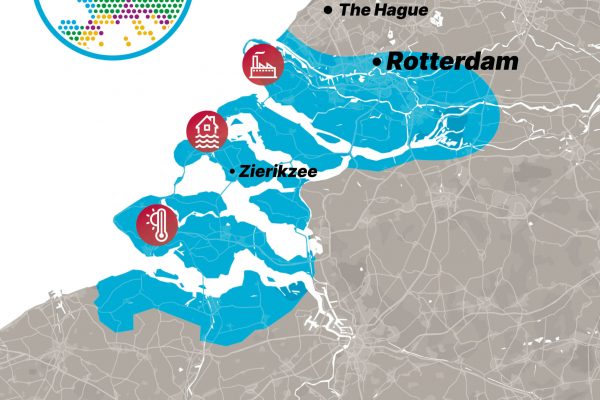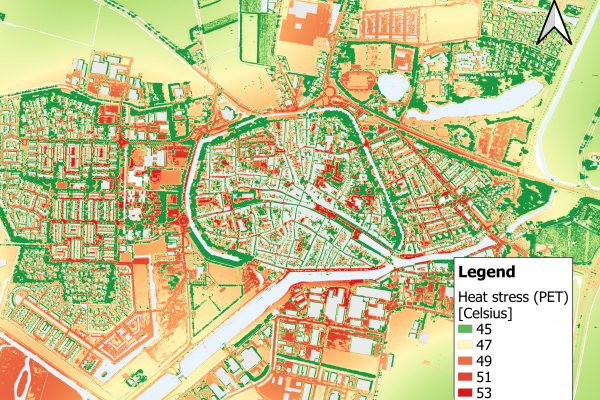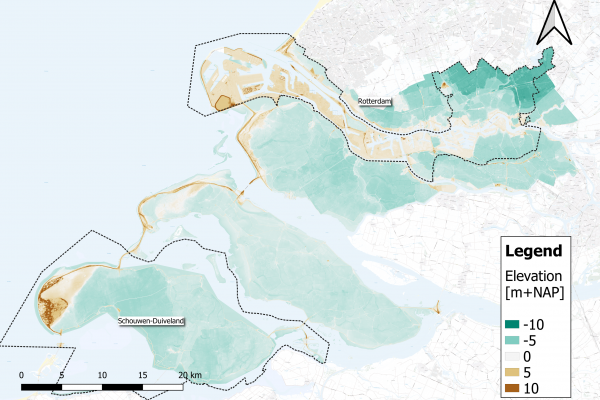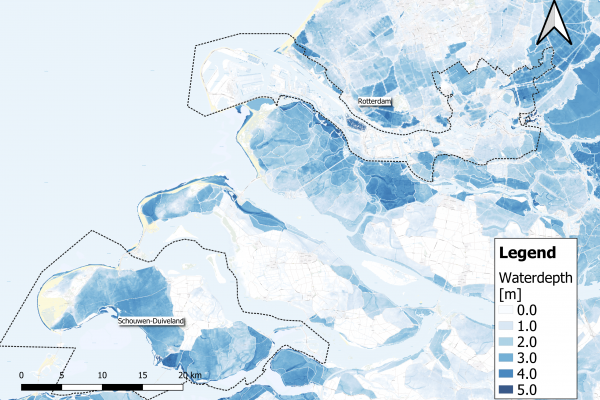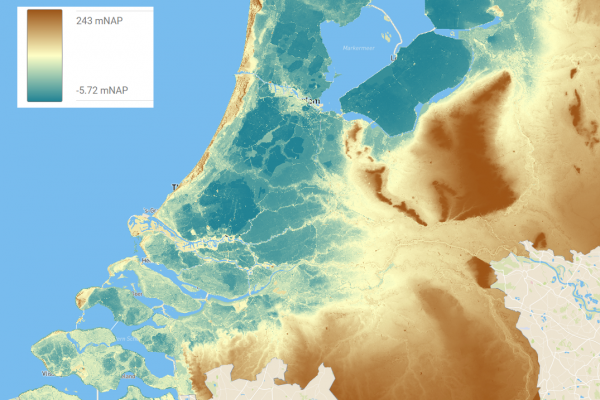Dr. Christopher D’Amboise of UiT – The Arctic University of Norway (image courtesy of UiT)
This article is based on the geo research platform geoforskning.no article ‘Life-threatening slush’ (in Norwegian) by Ronny Setså.
The emergency services and traffic authorities in northern Norway had a busy winter this year. At the start of 2023, stormy wind and rain along the coast caused a higher than usual number of landslides. Many of these crossed roads, railway lines or power lines. And many of these were a kind of landslide that had been seen as unusual – slush avalanches. These fast-moving flows of waterlogged snow and debris are more destructive and unpredictable than snow avalanches. As winters become increasingly mild and wet, such events could occur more frequently. So, understanding the phenomenon and how to predict slush avalanches would be a useful step towards protecting communities and the infrastructure on which they rely. This is the focus of research by Christopher D’Amboise of the Department of Geoscience in IMPETUS partner organisation UiT – The Arctic University of Norway.
It is uncertain whether the many slush avalanches that occurred in Norway this past winter are due to the weather conditions alone, or whether the increased number is because professional institutions and the media have become better at distinguishing them from snow avalanches or loose mass avalanches such as mudslides. However, the expectation is that a warmer climate could lead to more slush avalanche events in the future.
I expect more slush avalanches if the weather continues to vary in winter, because rain on snow is particularly dangerous.
Christopher D’Amboise, researcher with the Department of Geoscience, UiT – The Arctic University of Norway
How and where slush avalanches happen
Mild temperatures in snow-covered areas causes ice and snow to melt. Meltwater or rainfall passing through snow can accumulate within the snow and drag snow molecules with it as it flows. This process can build and speed up, resulting in a fast-flowing slush avalanche. Containing at least 15 percent liquid water, these are much denser than snow and can flow much further and faster over much shallower slopes. This makes a slush avalanche far more difficult to stop. Also, slush avalanches often take all the snow with them and erode the ground underneath. According to a 2020 report by the Norwegian Directorate of Water Resources and Energy (NVE), slush avalanches can reach speeds of 100 km/h and create paths stretching several kilometres. This can make them particularly devastating to infrastructures such as roads and railways.
Although slush avalanches are probably widespread in all the countries around the Arctic, Norway has more infrastructure and a denser population in the high latitudes as compared to e.g. Canada. This makes the need and the opportunity to study them in Norway more fitting. This kind of landslide can also occur in snowy regions such as the Alps, but Norway’s midnight sun and more exposed bedrock are thought to be factors that increase the chances of slush avalanches happening there.
How to predict them
Relatively little is known about slush avalanches, Christopher D’Amboise says. This may be because previous events were classified as snow avalanches or mudslides instead. It could be because they are less likely than snow avalanches to recur in the same location, making them harder to ‘catch’ and observe. Or it could be simply that they have, indeed, always been a much rarer phenomenon than snow avalanches.
Through his work in the EU-funded IMPETUS project, D’Amboise will acquire new knowledge about where and when slush avalanches are triggered, whether a warmer climate in the future will bring more such avalanches, and how warnings of slush avalanches can be improved.
Next to me in the office is my drone, fully packed in case there are warnings from NVE about possible mudslides. I am prepared to visit all places in northern Norway. Then I can fly the drone and examine traces of water in the snow. If the snow is greyish or bluish, it will be a sign that it has started to become saturated with water. We can also identify the drainage routes and see if the water finds a way out or accumulates in the snow. If water-saturated snow lies on a gentle slope above an area with a steeper slope, a slush avalanche may be imminent.
Christopher D’Amboise, researcher with the Department of Geoscience, UiT – The Arctic University of Norway
The researcher believes that this method of combining regional warnings from NVE with investigations in the field can be part of developing an early warning system. This work is part of the activities in the IMPETUS ‘Arctic’ demonstration site, where a range of solutions are being developed to help the community adapt to the local impacts of climate change.
Further information
Dr. D’Amboise’s work in IMPETUS to understand and predict slush avalanches was described in another recent article: NRK, the Norwegian Broadcasting Corporation, provides additional background and historical data context along with perspectives from other experts in, ‘Slush landslides may become more common in the future‘.


